Amazon is the most popular and most visited marketplace in the United States, with approximately 2.2 billion monthly visits. eBay comes second with 655 million visits per month, followed by Etsy, with about 446 million hits.
Amazon and Etsy have both become the go-to platforms for artisans. But between the two, is there a leading online marketplace for handmade products?
In this blog, we will discuss all about selling on Amazon vs. Etsy and explore the qualities that set them apart.
Key Takeaways from this Post
Marketplace Dominance: Amazon attracts 2.2 billion monthly visits, making it the US market leader, followed by eBay and Etsy. Amazon Handmade targets a broad audience, while Etsy caters to a niche seeking handmade crafts.
Platform Differentiators: Etsy excels in lower fees, user-friendly setup, and a niche audience. Amazon Handmade boasts a massive customer base, free listing, and global reach, making it ideal for artisans seeking broader exposure.
Cost and Fees: Etsy charges $0.20 per listing, a 6.5% transaction fee, and additional fees. Amazon Handmade, with no listing fees, charges a 15% referral fee. Each platform has pros and cons, catering to distinct seller preferences and goals.







TL;DR: Amazon Handmade vs. Etsy
Amazon and Etsy offer impressive features and benefits for sellers.
- Amazon Handmade offers a massive audience, free listing, and resources to support sellers.
- Etsy, on the other hand, prioritizes cheaper seller fees, a beginner-friendly dashboard, and a niche audience looking for handmade crafts.
Overall, Etsy outperforms Amazon in fees, the sign-up process, categories, and a niche audience. Amazon Handmade is ideal if you’re looking for a broader audience.

What is Etsy?
Founded in 2005, Etsy is a well-established marketplace for selling handmade crafts.
Sellers can benefit from the over 90.49 million active shoppers looking for handcrafted and vintage items.
Some categories on Etsy are jewelry and accessories, home and living goods, craft and party supplies, wedding accessories, toys and entertainment, art and collectibles, and vintage goods.
Key Etsy Features for Sellers
Here are the five key features of Etsy.
- Etsy seller dashboard has reporting and analytical features for Standard and Etsy Plus. Additional seller tools can be found on Etsy Plus, such as advanced customization options and restock requests.
- Sellers are responsible for shipping and fulfilling orders using third parties like the United States Postal Service and FedEx.
- Though Etsy has a smaller audience than Handmade, sellers can access shoppers specifically looking for handcrafted items.
- With just a few clicks, you can create your Etsy shop through an easy application. Besides, listing your products is also fast.
- Sellers can promote their listings through Etsy and Offsite Ads.
Is Etsy Only for Handmade Items?
No, besides handmade items, Etsy allows you to sell:
- Vintage items at least 20 years old.
- Craft supplies that are handcrafted, vintage, or commercial.
- Digital items designed by the seller.
- Tarot or psychic readings with a physical or digital copy, recording, email, or tarot photo. Also, you may sell spellwork supplies, such as herbs, crystals, and candles.
How Much Does It Cost to Sell on Etsy?
Although Etsy’s fees are relatively lower than Amazon Handmade, they can still add up, especially if you have high-volume sales.
Let’s look at some of the fees listed on Etsy.
Regarding selling on Etsy, these are the main costs and fees:
- Listing an item on Etsy will cost you $0.20, and the listing expires after four months.
- You’ll be charged a 6.5% transaction fee for each sale.
- Etsy’s payment processing fee varies according to the location of your bank account. The payment processing fee for US sellers generally costs 3% plus $0.25.
There are additional fees for offsite advertisements and other services.
Let’s list some of Etsy’s extra costs -
- You’ll be charged a 15% Offsite Ads fee on each sale.
- If your Etsy shop made over $10,000, there’s a discounted offsite advertisement fee of 12%.
- You can set a daily budget for Etsy Ads to promote your listings.
- You can opt-in to Etsy Plus and pay a $10 subscription fee per month.
- You can consider Etsy Pattern at a $15 monthly fee.
- You should also factor in other costs, such as regulatory operating fees and deposit fees.
If you find it challenging to stay on top of all these expenses, consider Link My Books for accurate and stress-free accounting. You can check out a quick demo here.
Link My Books automatically categorizes your sales, fees, taxes, COGS (cost of goods sold), and more to calculate profits and losses easily. It is also compatible with Xero and QuickBooks for seamless Etsy accounting integration.

Pros and Cons of Selling on Etsy
Here are the pros and cons to help you decide if Etsy is the right fit.
Pros
- Large audience: Sellers can access the over 80 million active shoppers on Etsy’s platform instead of putting more effort into driving traffic to their website.
- Well-known and trusted by customers: Etsy already has a loyal following of customers who exclusively buy from the platform. The shoppers might not know you, but they’ll likely purchase from you if you’ve listed your products on Etsy.
- Global customer base: You can access customers worldwide, ensuring a higher market reach.
- Access to analytics and insights: Etsy provides detailed analytics and insights about your shop’s performance. You can access data on customer behavior and sales trends. Overall, you can make informed business strategies and decisions.
- Easy to start: You can quickly set up a shop on Etsy without prior e-commerce experience.
- Low fees: Unlike most online marketplaces, Etsy fees are manageable for small businesses, as we have covered above.
Cons
- Mandatory offsite ads: If your Etsy shop has made over $10,000 in the past 365 days, you must participate in Offsite Ads at a discounted 12% fee.
- Recurring fees: Although Etsy has low initial startup costs, recurring listing fees, along with transaction and payment processing fees, can impact your profit margins.
- High competition: Etsy's platform has skyrocketed over the years. As such, there has been an increase in the number of shops, resulting in a saturated market that’s difficult to break through. Besides, you’d require high-quality images to compete with top sellers.
- You don’t own the platform: Unlike owning a website, Etsy can shut down your shop anytime for violating their policies and negligence of the seller guidelines.

What is Amazon Handmade?
Selling on Amazon Handmade is yet another excellent opportunity for Amazon sellers to make money. Launched in 2015, Amazon Handmade is a great marketplace for selling unique and hand-designed products worldwide.
Some popular categories include jewelry, gifts, home and kitchen, wedding, clothing, shoes, and accessories. In 2022 alone, independent sellers in the US sold over 4.1 billion products, including artisans who sell handcrafted items.
The caveat, however, is that Handmade only has physical products.
Unlike Etsy, they don’t allow digital or downloadable products and electronics. So, you may consider listing digital products in an Amazon store.
Key Amazon Handmade Features for Sellers
Let’s explore some of the features that make Amazon Handmade stand out.
- There are no listing and subscription fees. Sellers are, however, charged a 15% referral fee.
- Approved Amazon Handmade sellers aren’t required to pay for a Professional Selling plan but still enjoy the tools.
- You can add new items, edit a listing, and even add a template to your shop from Seller Central. Besides, you can mass import your listings using Excel.
- Every item sold on Amazon Handmade must be handmade, hand-altered, or hand-designed.
- Sellers are not allowed to sell mass-produced products, and you can only have a team of a maximum of 20 people.
Is Amazon Handmade Worth It?
Absolutely! Amazon Handmade is worth it. According to Amazon 2022 reports, 60% of sales came from small and medium businesses, totaling approximately $230,000 in sales.
As an artisan, there’s much to leverage from Amazon’s massive customer base and reputation.
So, if you’re not on Amazon Handmade, you could miss out on sales.
Is it Worth Selling Art on Amazon?
Joining, creating, and listing your art on Handmade is free. Amazon only takes a cut once you sell an item.
Leverage Amazon's massive audience and expose your art to new customers, not on other online marketplaces.

How Much Does it Cost to Sell on Amazon Handmade?
Amazon Handmade doesn’t charge a listing fee, and all approved sellers are waived a $39.99 monthly Professional Selling fee.
In addition to the 15% referral fee, you might have added Amazon Handmade fees if you use the optional Amazon programs, such as Fulfillment by Amazon (FBA) and Amazon Ads.
A tool like Link My Books is useful for tracking your costs, sales, and revenue. With our Amazon to Xero and QuickBooks integration, we ensure a seamless automated bookkeeping process, saving you time and money.
Pros and Cons of Amazon Handmade
Selling crafts on Amazon has its advantages and drawbacks.
Let’s discuss some of them.
Pros
- Fairly low fees: Amazon Handmade has relatively low seller fees. Unlike Etsy, there are no listing fees and monthly subscription fees.
- Massive traffic: Amazon has been ranked as the most trusted platform for shoppers in the US, with over 2.2 billion monthly visits. There’s significant room and speed at which you could grow your products by tapping into the global Amazon audience.
- More customizable: Amazon Handmade shop allows you to showcase your products and create an artisan profile to share your story. Still, it allows your products to be more customizable using features such as fabric design, font, color, and size.
- Easy fulfillment process: With the Amazon FBA program, Amazon handles the fulfillment, shipping, and returns, saving you time and extra costs. Alternatively, you can ship orders through Amazon FBM, where you ship and fulfill the orders independently.
Cons
- Higher transaction fees: Amazon Handmade charges a 15% transaction fee for each sale, unlike Etsy’s 6.5% fee.
- Harder to build brand recognition: Most buyers will remember Amazon over your brand name. So, building your brand recognition on a marketplace like Amazon Handmade is usually harder than selling on your website.
- Slow application and audit process: Amazon requires you to prove you’re making the items by hand, so it might take time to get approved on Handmade.
Etsy vs. Amazon Handmade: Comparison Table
Here’s a breakdown of what selling on Etsy and Amazon Handmade is like.
Etsy and Amazon Handmade Differences
When it comes to Etsy vs. Amazon Handmade, significant differences exist between the two e-commerce platforms.
Here’s how Etsy differs from Amazon Handmade.
- When selling on Amazon Handmade, the items must be handmade, and you’re not allowed to sell mass-produced products. On Etsy, you don’t have to sell your handmade products; you can sell products from your production partners.
- It’s free to list items on Handmade, unlike Etsy, where you must pay a $0.20 fee.
- There’s a 15% per sale referral fee on Amazon Handmade compared to Etsy’s 6.5% per sale fee.
- You can opt for Amazon FBA — Amazon will ship and fulfill orders for you, while on Etsy, shipping and fulfillment of orders is your responsibility.
- Listings expire after four months on Etsy and require renewal, while on Amazon, listings never expire.
Etsy and Amazon Handmade Similarities
Amazon Handmade and Etsy have much in common.
Let’s list some of their similarities.
- Both Etsy and Handmade deduct selling fees — for Etsy, it’s 6.5% of the total sale plus a 3.5% plus $0.25 payment processing fee, while for Amazon, it’s a 15% fee on each sale.
- Similar to Handmade, Etsy is an alternative marketplace for selling handcrafted items.
- You can list as many items as you want on both platforms, and no Universal Product Code (UPC) is required on either website.
- Etsy and Amazon allow you to set your budget and the amount you want to bid for a click. Besides, on both platforms, you’ll pay only when a customer clicks the ad and never be charged more than your budget.
Bottomline: Is It Better to Sell on Etsy or Amazon?
The choice between Etsy and Amazon Handmade depends on your target audience and goals.
Amazon offers a broader audience, while Etsy’s audience focuses only on handmade and vintage items. Besides, Handmade offers tools and resources for sellers, and many artisans have found success on the platform.
However, due to stricter policies, Amazon's signup process is tedious, and you’re limited to 14 categories.
Getting started on Etsy is easy and affordable. Also, opt for Etsy if you’re considering selling digital products and mass-produced items. Besides, Etsy allows selling in over 160 categories.
Etsy wins the hearts of many sellers because they can access customer data. Conversely, there is higher competition from other similar Etsy shops.
In conclusion, Etsy might be better than Amazon Handmade.

Frequently Asked Questions (FAQs)
Let’s answer some of your questions regarding selling on Etsy vs. Amazon.
Is Amazon Handmade Cheaper Than Etsy?
Etsy usually charges a $0.20 listing fee per item, a 6.5% transaction fee per sale, and a 3% to 4% payment processing fee plus a flat rate of $0.25, depending on the seller’s location.
Overall, Etsy fees are cheaper than Amazon Handmade’s 15% referral rate per sale.
Is Amazon Handmade Profitable For Handmade Sellers?
Amazon reported that independent sellers are thriving on the platform, and over 60% of sales in 2022 came from small and medium businesses, including handmade sellers.
However, profitability depends on the price, category, marketing, and competition.
Is Etsy Profitable for Handmade Sellers?
With over 90 million active buyers on Etsy, there’s no doubt that artisans are making money from selling their handmade items.
How Old Do You Have to be to Sell on Etsy?
As per Etsy’s terms of use, all account owners must be 18 years old.
However, minors between 13 and 17 years old can sell on Etsy with the permission of a legal guardian. The parent must register the account with their information.
What Sells the Most on Etsy?
The top-selling items on Etsy are jewelry, customized gifts, art prints, vintage decor and clothing, and personalized accessories, among other handcrafted items.
Conclusion
Choosing the right marketplace will impact the success of your handmade business.
With this comprehensive comparison of Amazon Handmade vs. Etsy, you can select the platform that fits you best. Consider the benefits and cons of selling on Etsy and Amazon Handmade that we’ve listed above to make the best decision for your business.
But no matter your chosen platform, managing your bookkeeping and accounting is also essential.
Link My Books automates your accounting for Amazon FBA— it accurately applies tax rates and tracks the COGS, revenues, and sales. We also offer Amazon integration to QuickBooks (or Xero) using Link My Books — making accounting simple, quick, and accurate. The combo between Xero and QuickBooks makes for a powerful Amazon bookkeeping software saving you valuable time every month.
You can access your 14-day free trial here.












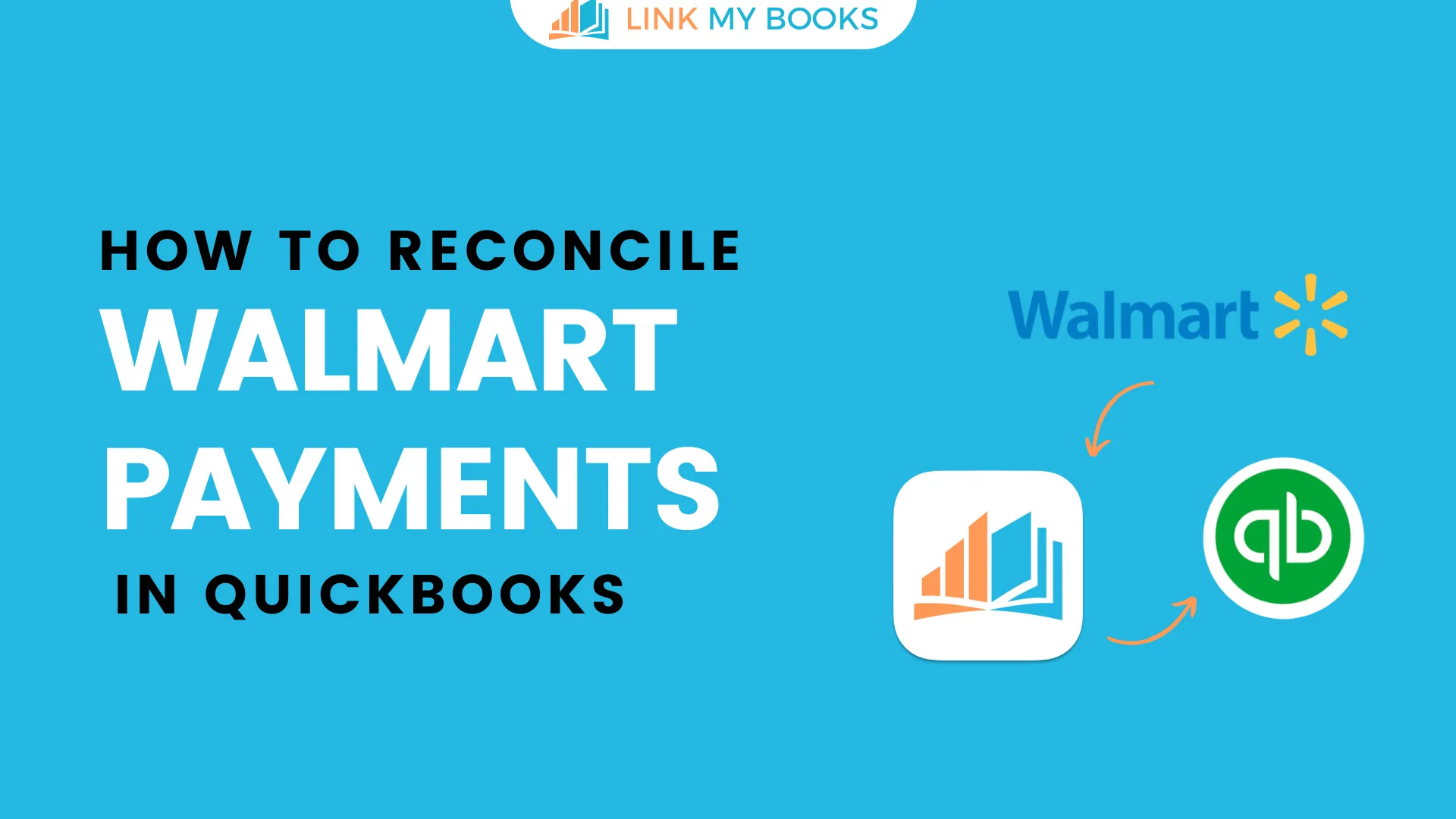
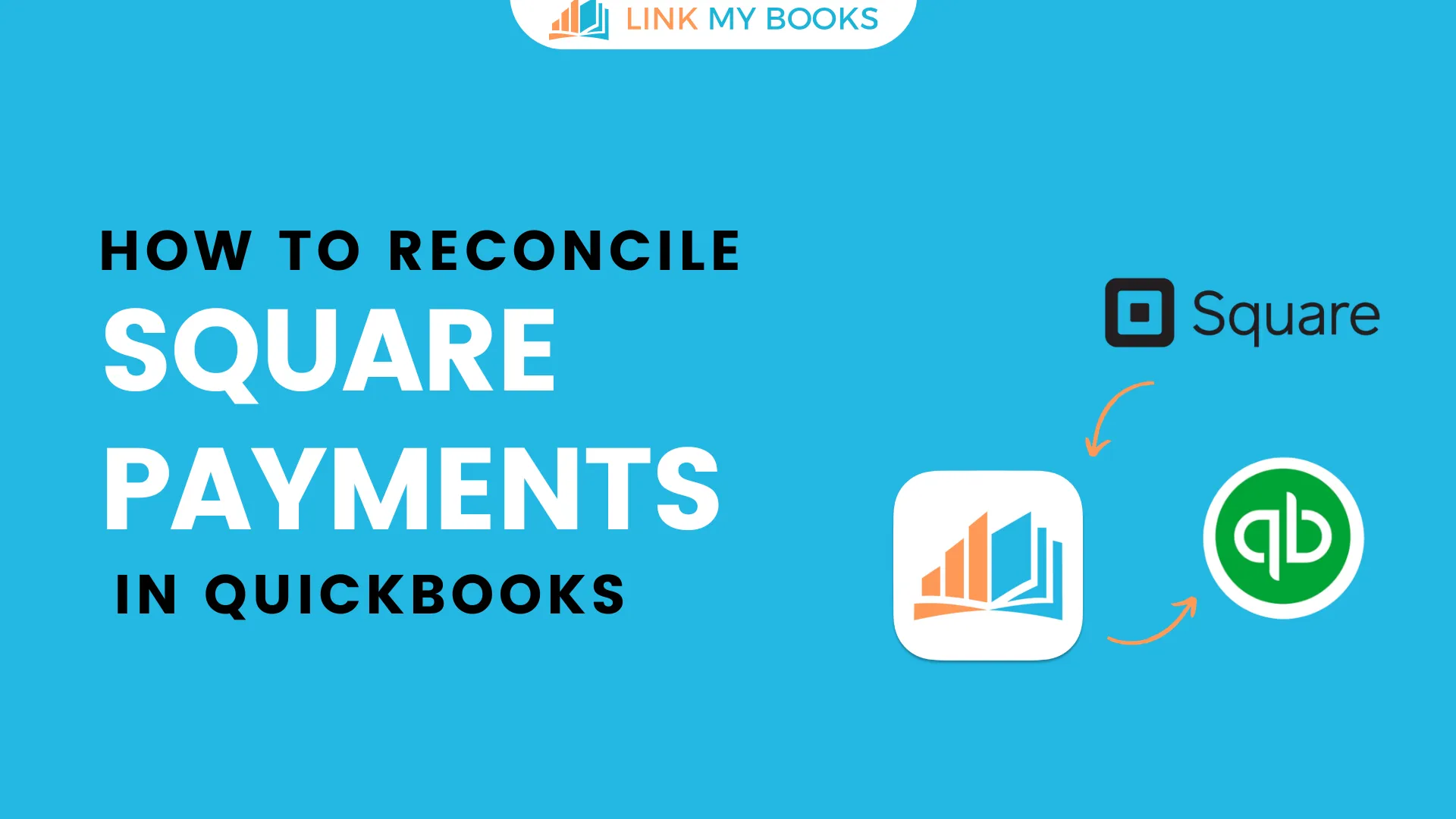
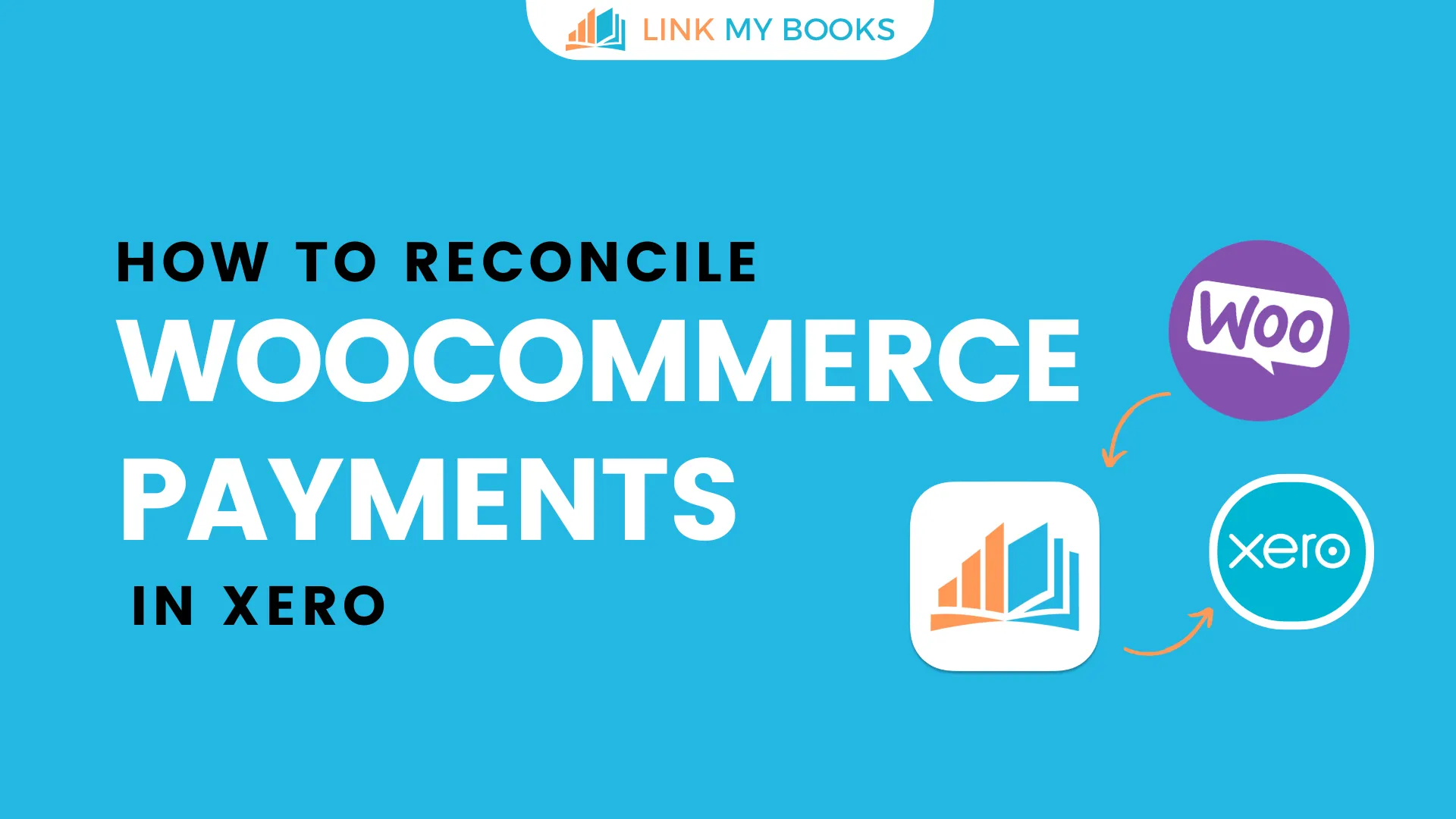
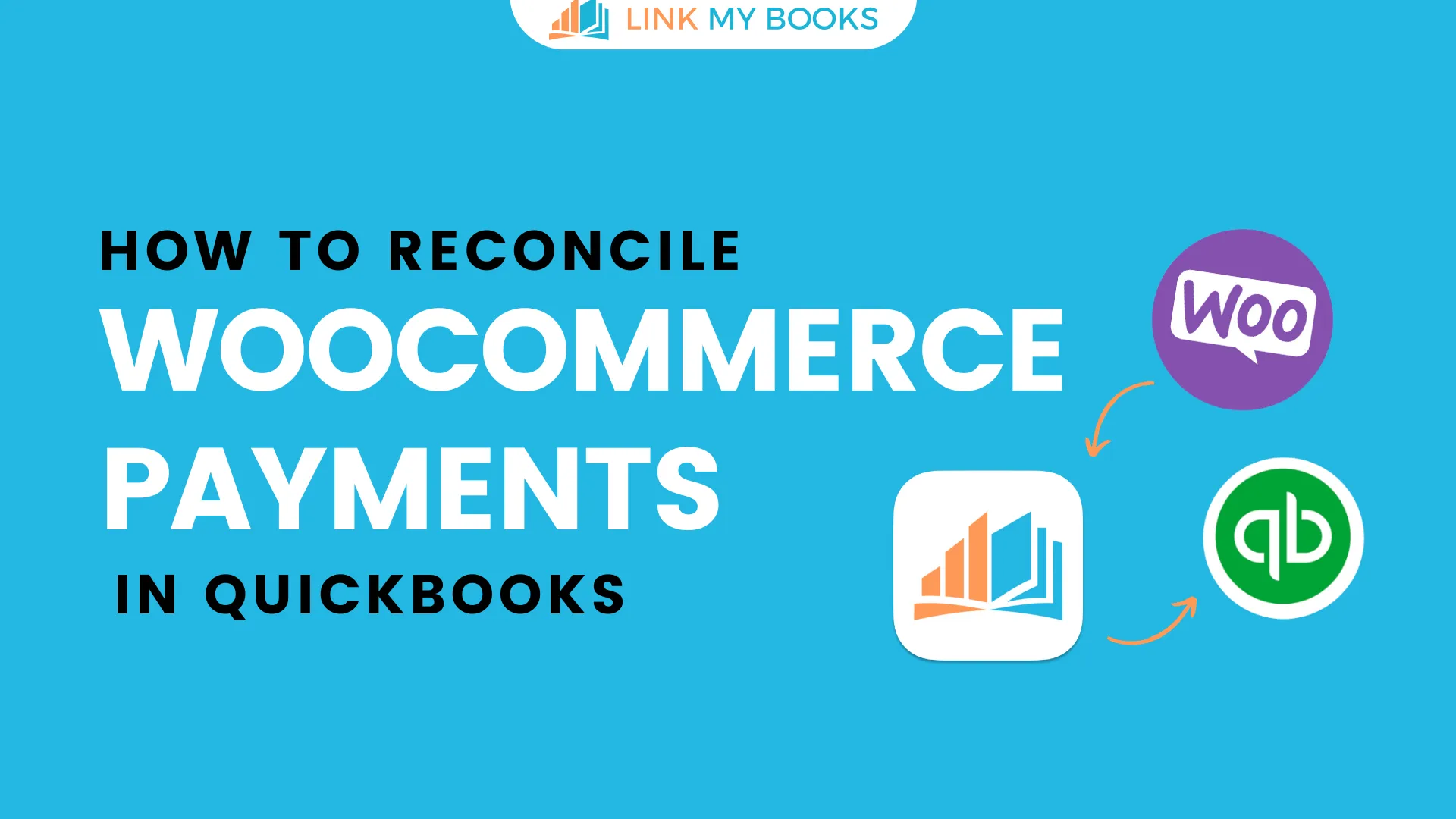
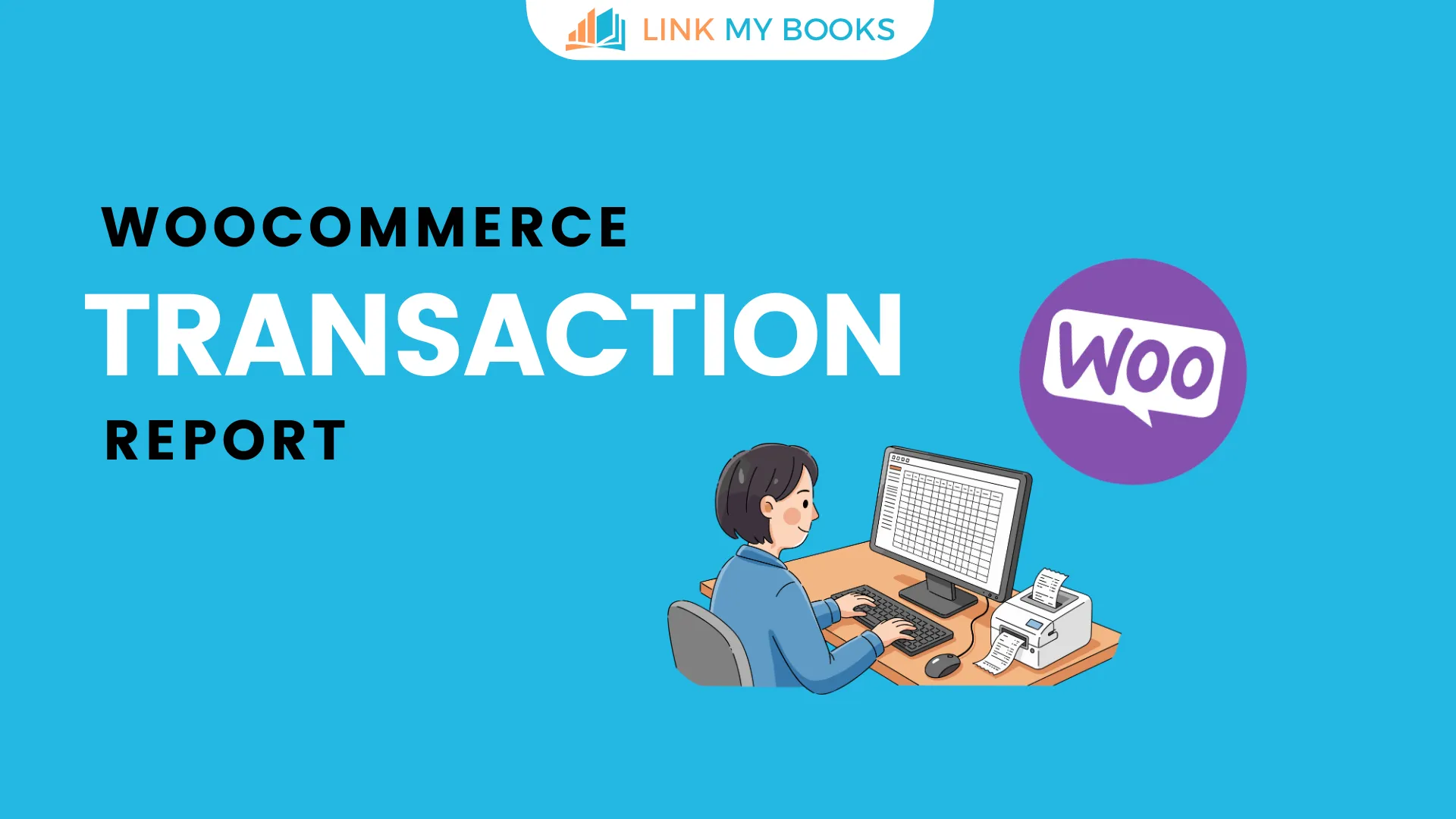


.png)